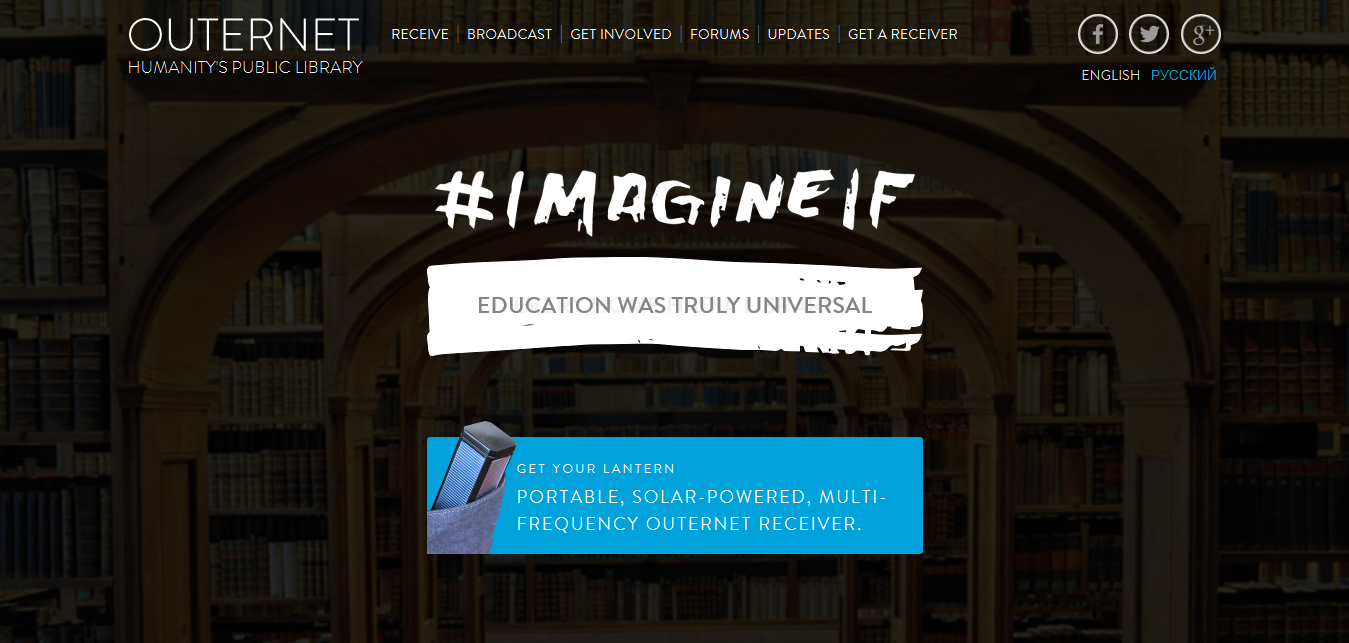 Launched in February, 2014, Outernet, is a setting up CubeSat facilities in Kenya to provide free Wi-Fi service for use by Kenyamns, at a low cost.
Launched in February, 2014, Outernet, is a setting up CubeSat facilities in Kenya to provide free Wi-Fi service for use by Kenyamns, at a low cost.
Using a network of small satellites dubbed CubeSats, Outernet aims to transmit internet to any Wi-Fi-enabled device, including mobile CubeNet-is especially targeting the poor and the technologically disenfranchised.
CubeSats broadcast from Low Earth Orbit (LEO) and in an additional frequency (UHF) so cheaper hardware can pick up the signal easily and there is less opportunity for outside influence into the transmission therefore seen as the best tool to counter censorship and free nformation flow.
Outernet currenlt broadcasts in Ku-band but is planning to add the L-band over the coming months and then UHF so no one can be able to black the broadcast.
Already installed in Kenya, Outernet’s first company-made receiver in Kenya will make Internet access anonymous, ubitquitous, and free. Outernet also recieved funding from the UK Space Agency. UK’s Clyde Space will continue to provide the CubeSat expertise for expansion to reach as many people on the platnet wherever they are.
Clyde Space will also help in develonment cheaper user-end receivers and will help Outernet achieve hardware independence by owning its own space assets.
According to Syed Karim, CEO of Outernet, “This project is not just about producing test hardware for Outernet to use in advancing our mission, but about refining a process that changes the entire communications industry.”
Craig Clark, Clyde Space CEO, added:
Outernet is an ambitious and hugely important initiative to bring free information access to the World and we’re absolutely thrilled to be involved. The mission itself is a great example of how a spacecraft that is small enough to hold in your hand can provide what I believe will become a vital global service. That’s not to say the technical challenges of making a satellite this small are insignificant, but our team of spacecraft engineers and technicians are relishing the prospect of producing these spacecraft in the coming months.
CubeSats are typically used individually to downlink images and other information to dedicated ground stations. For the Outernet service, information is distributed across a constellation of CubeSats and transmitted to hand-held devices on the ground. This requires careful and dynamic data handling to ensure information is successfully received by the user. Clyde Space will employ sophisticated protocols to ensure those on the ground obtain the critical information they need.
The CubeSat will have solar panels, an Attitude Control System to accurately control satellite pointing, next generation power management system and a newly developed on-board computer.




